My photography started in 1953, at the age of 11, when my parents took the family to downtown Waco, Texas, to view the damage done by the massive tornado that hit the city killing 114 people and injuring close to one thousand. Armed with my Brownie box camera, I took the images that helped me become hooked on photography in a way that has lasted to this day. I still maintain a full working darkroom and process and print all my own work. I specialize strictly in Black and White, and although I have taken some color long ago and printed it, I have never had any real interest in that process. My photography centers around two major areas: Cave and outdoor photography, and photography of Waco, Texas, as an amateur historian of Waco's past and present.
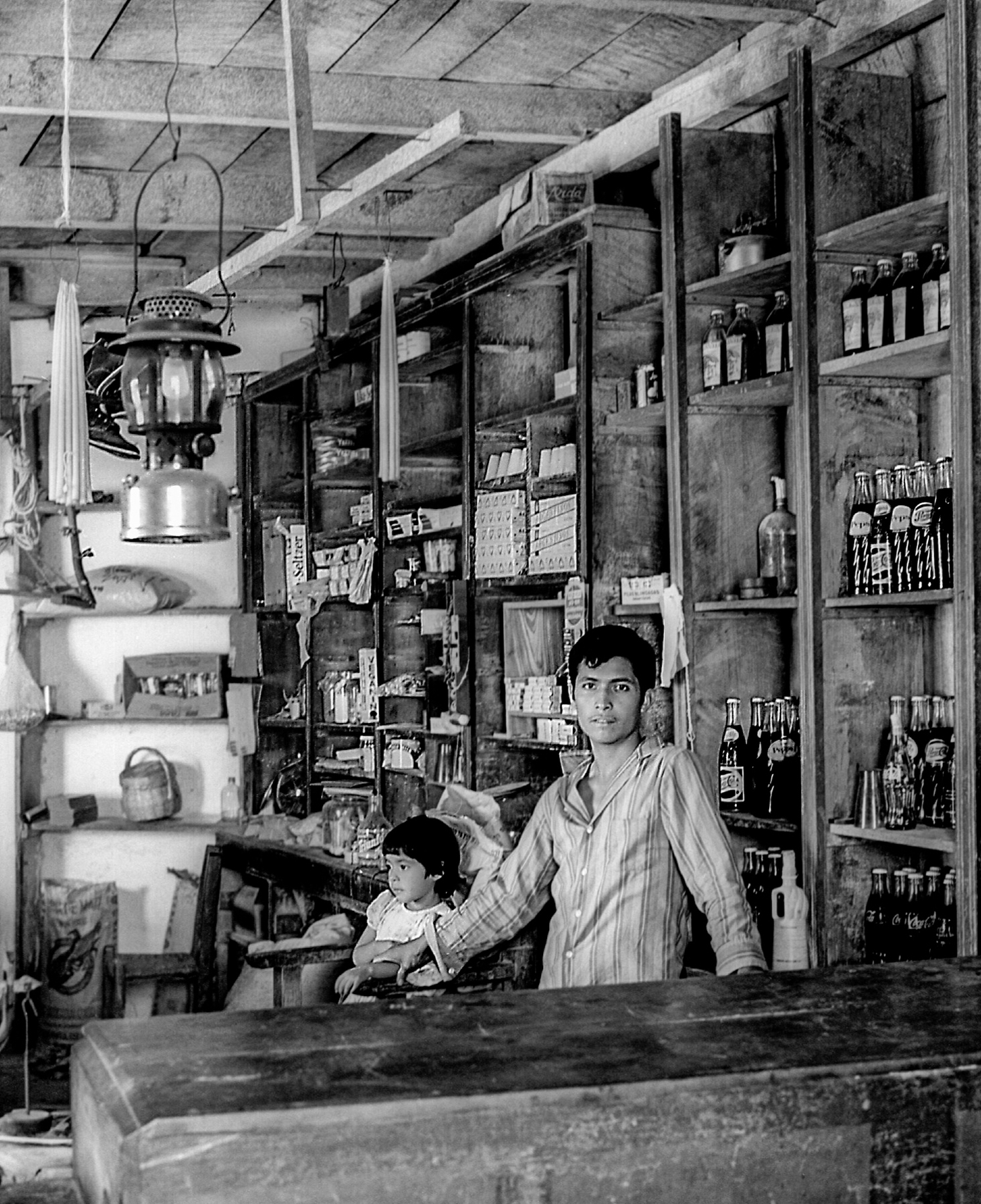
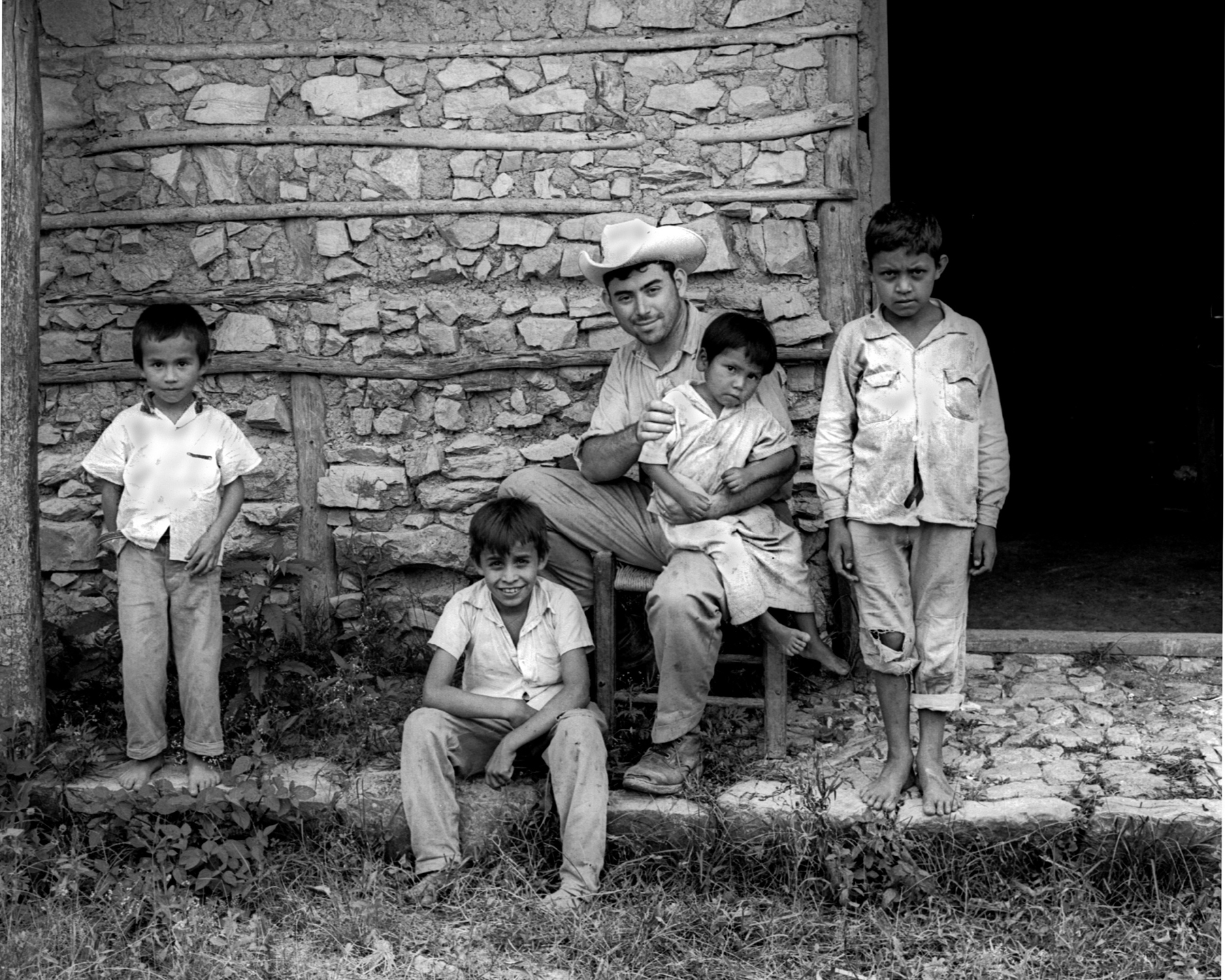
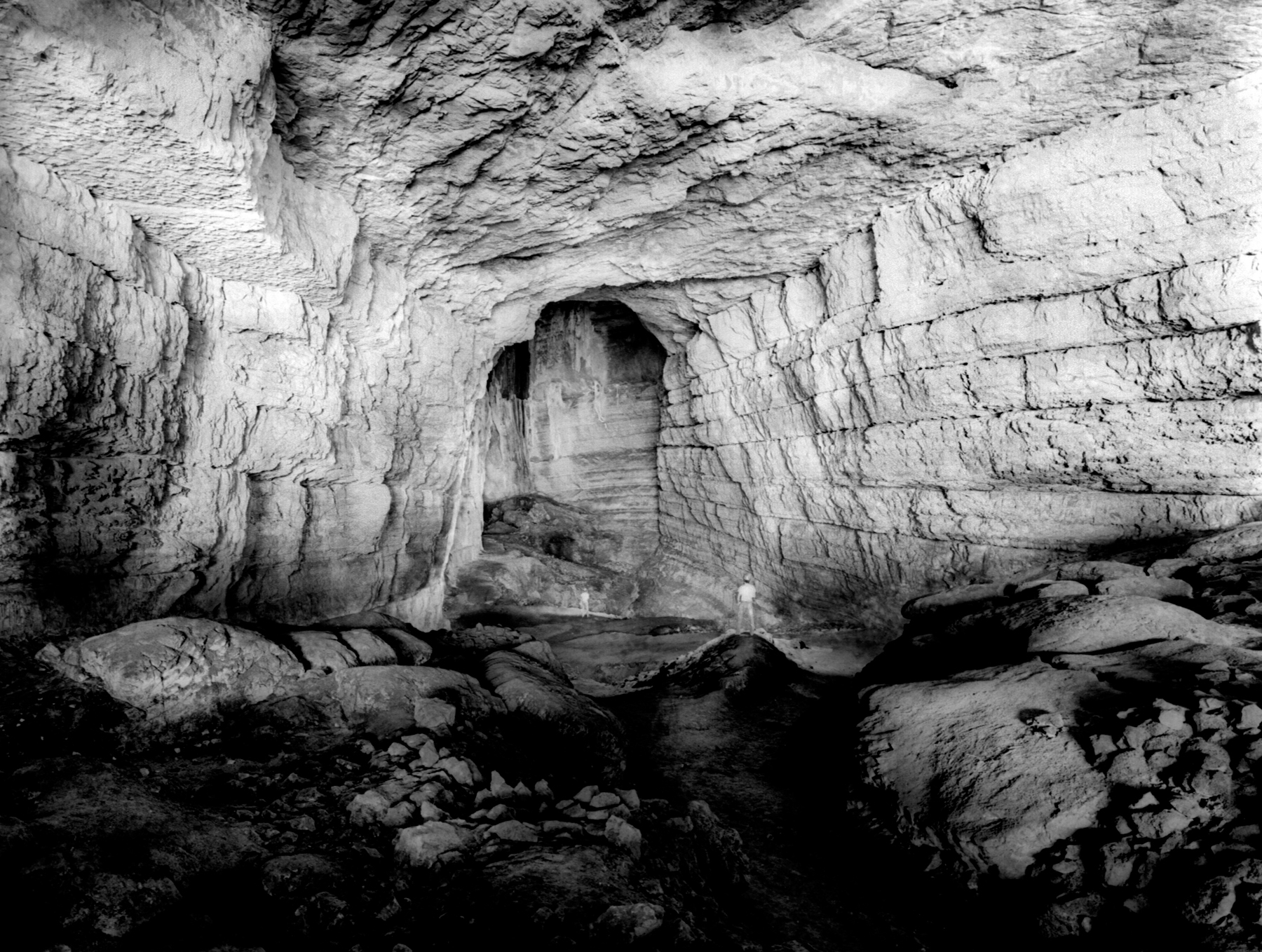
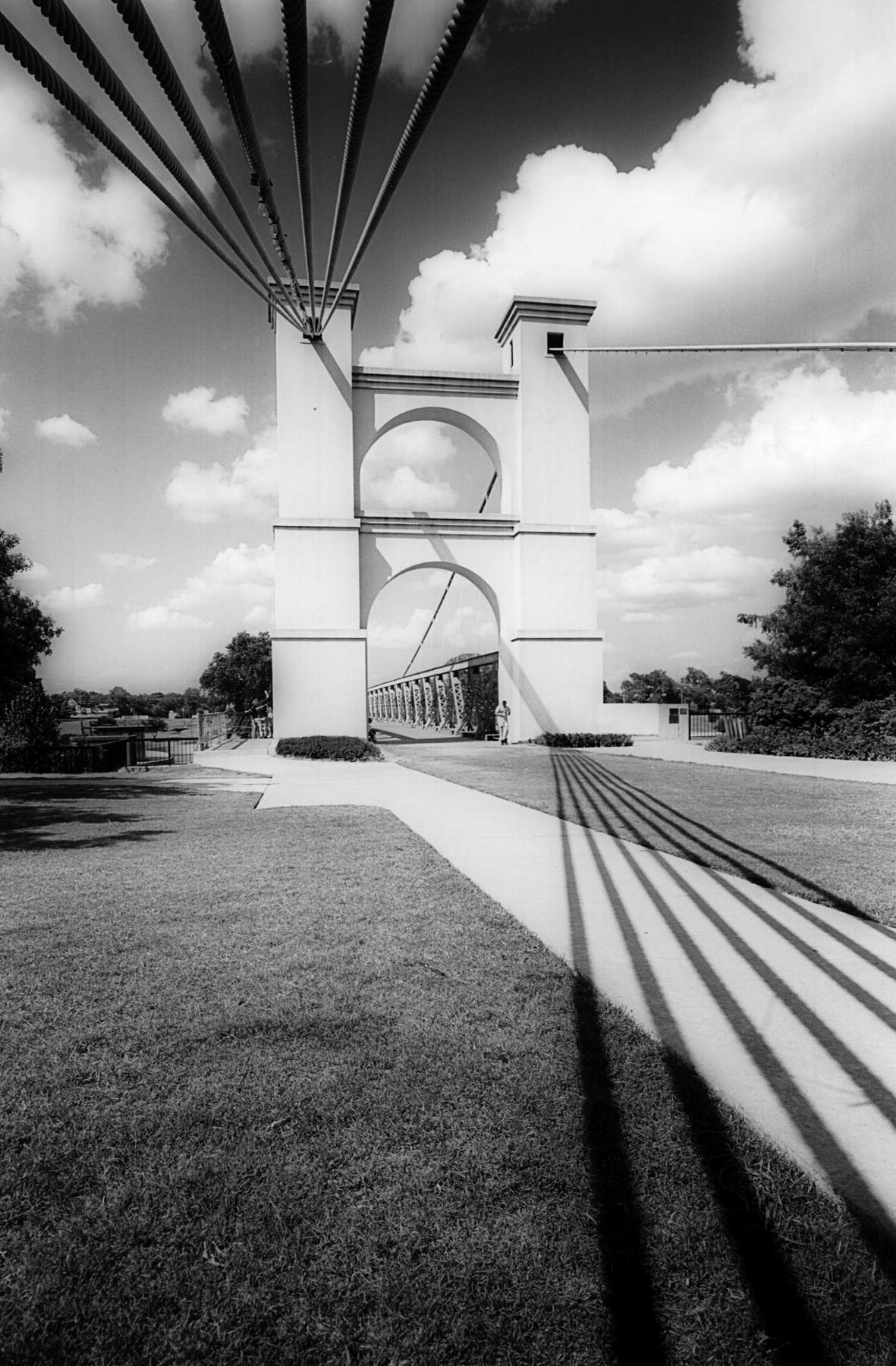
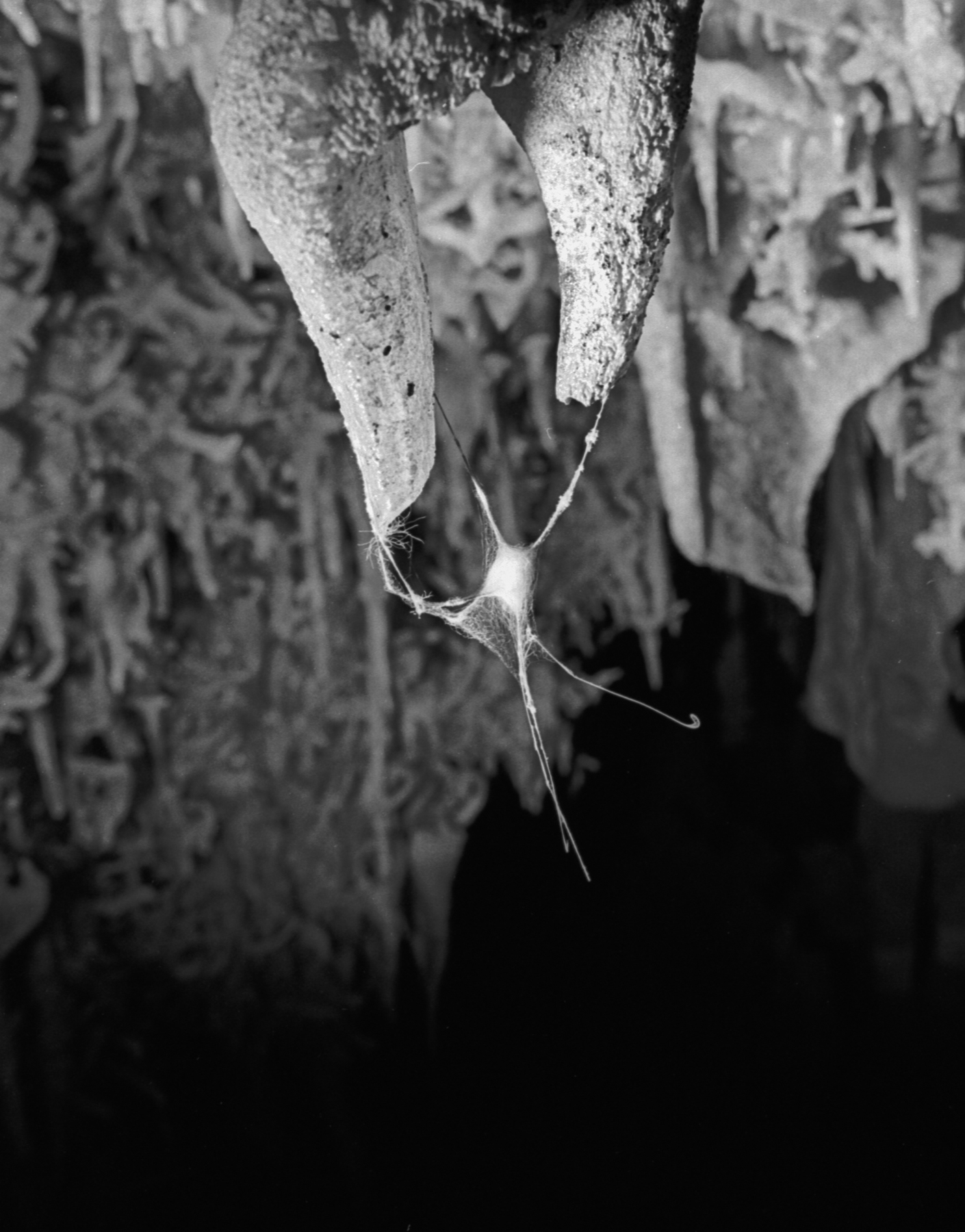
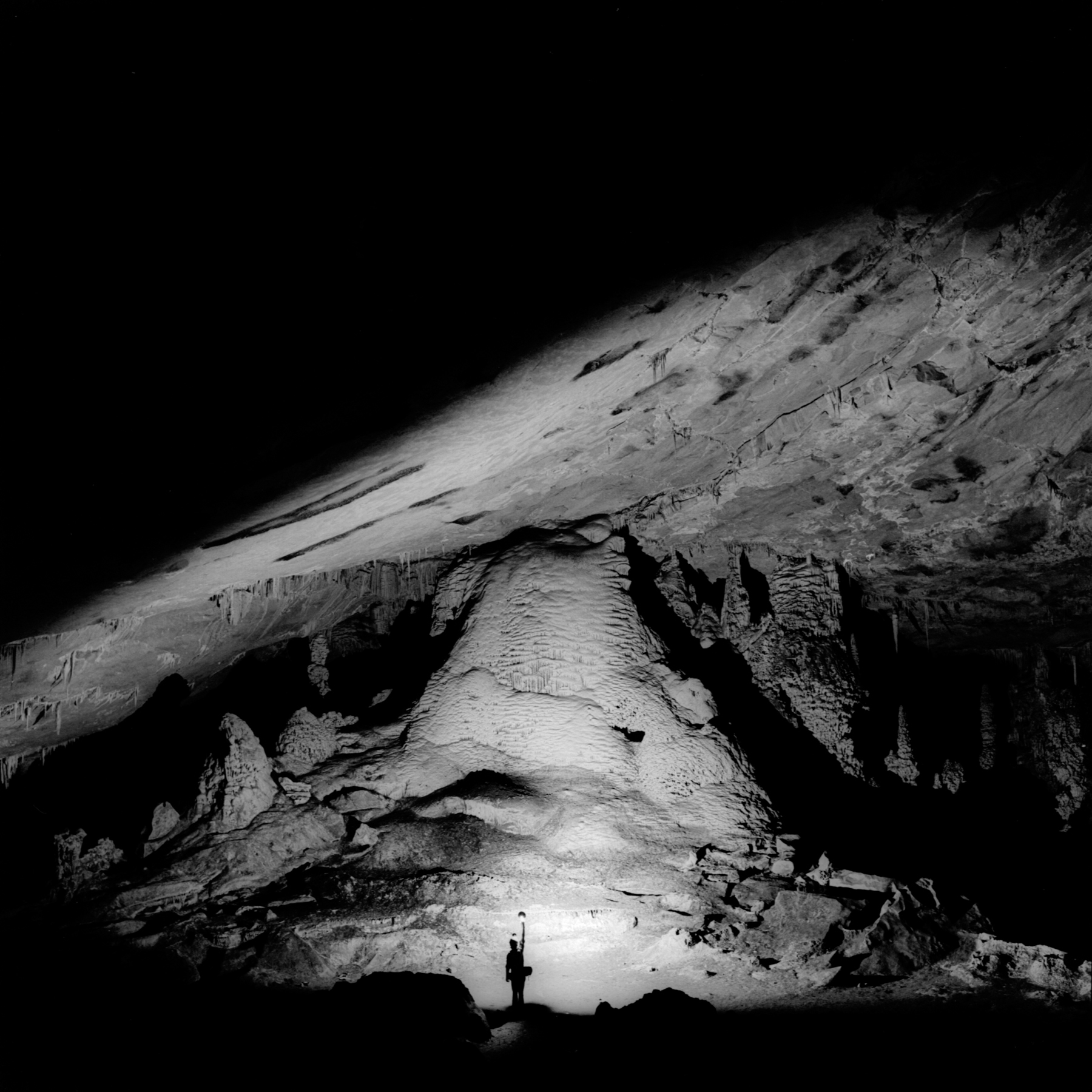
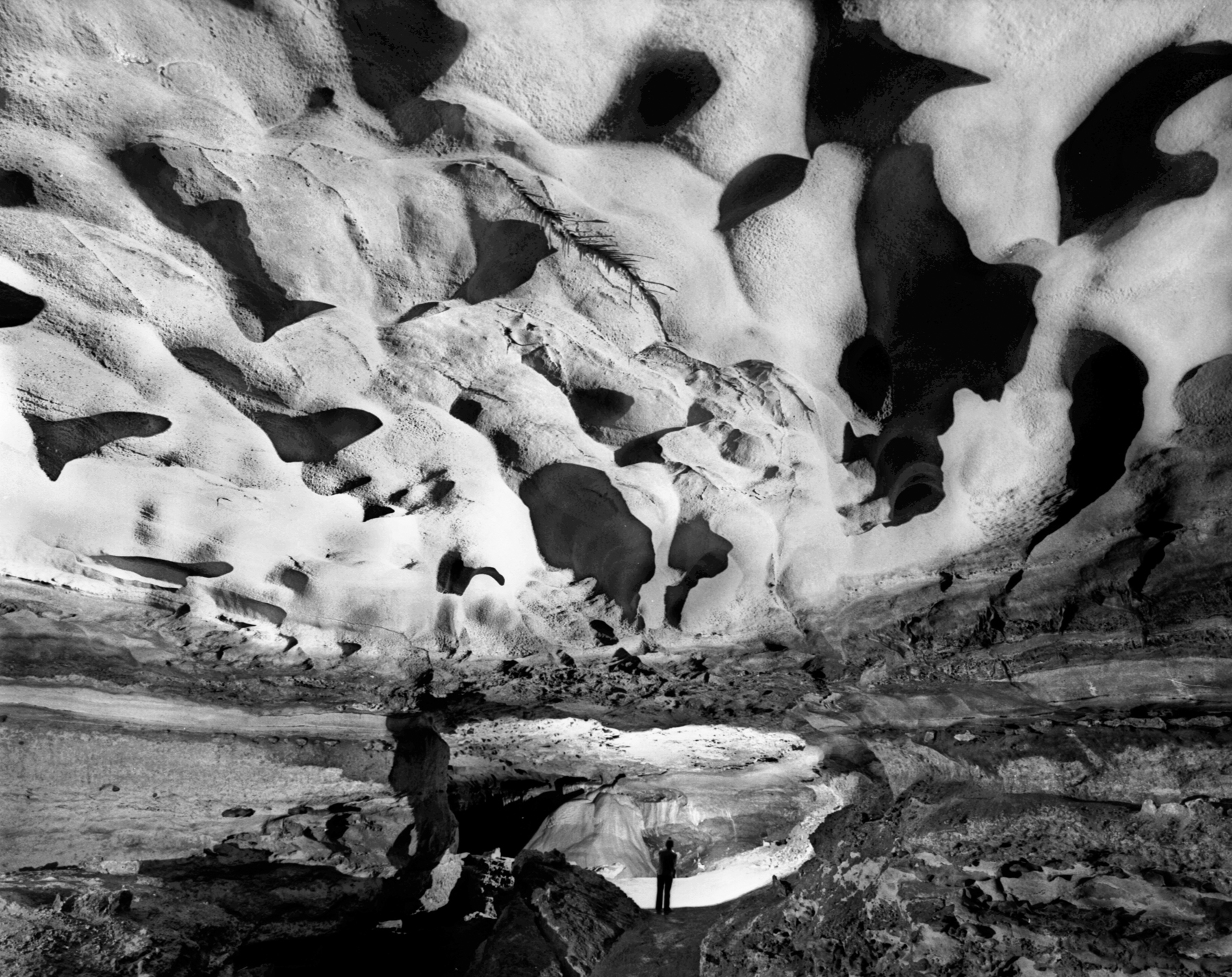
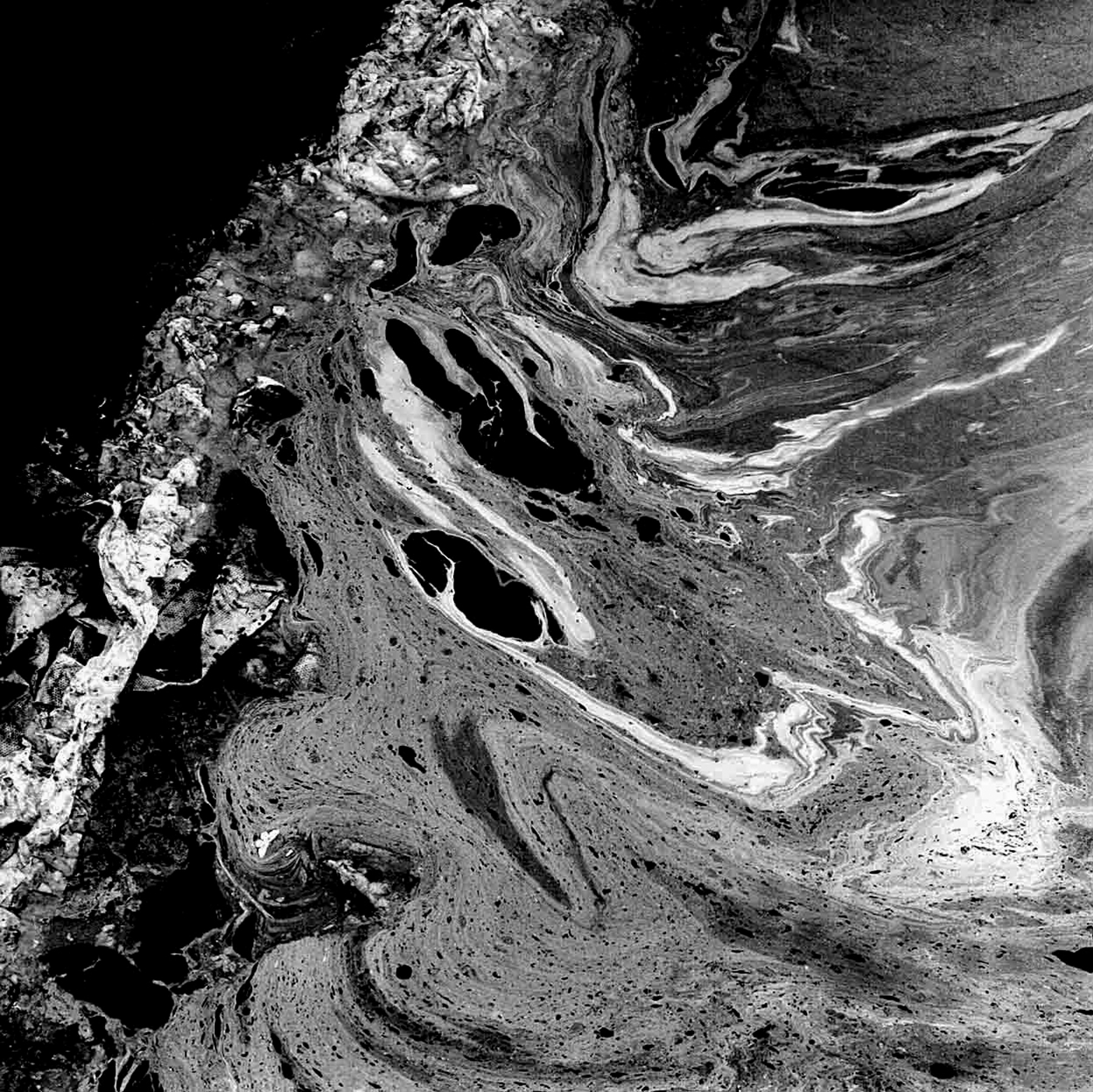
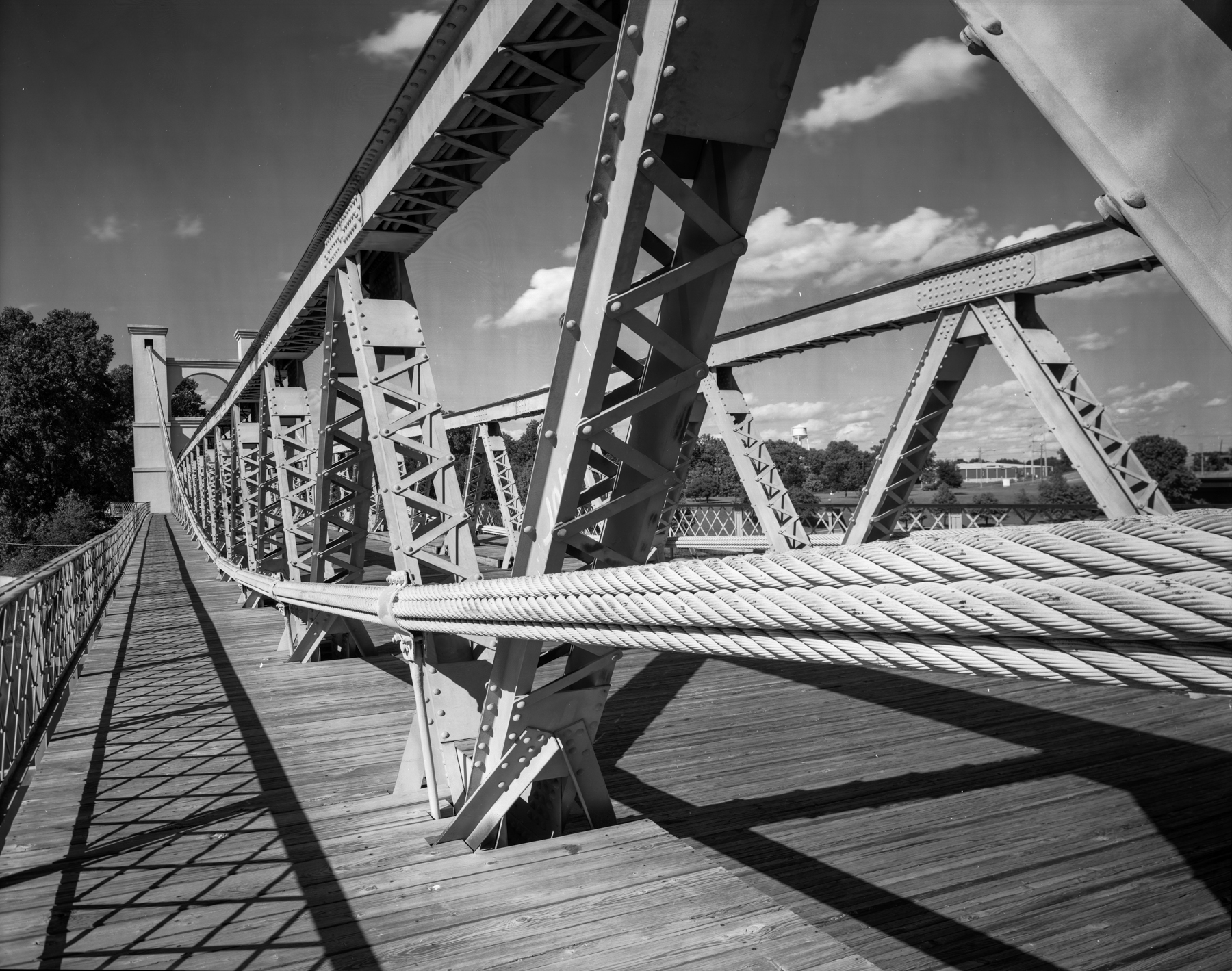

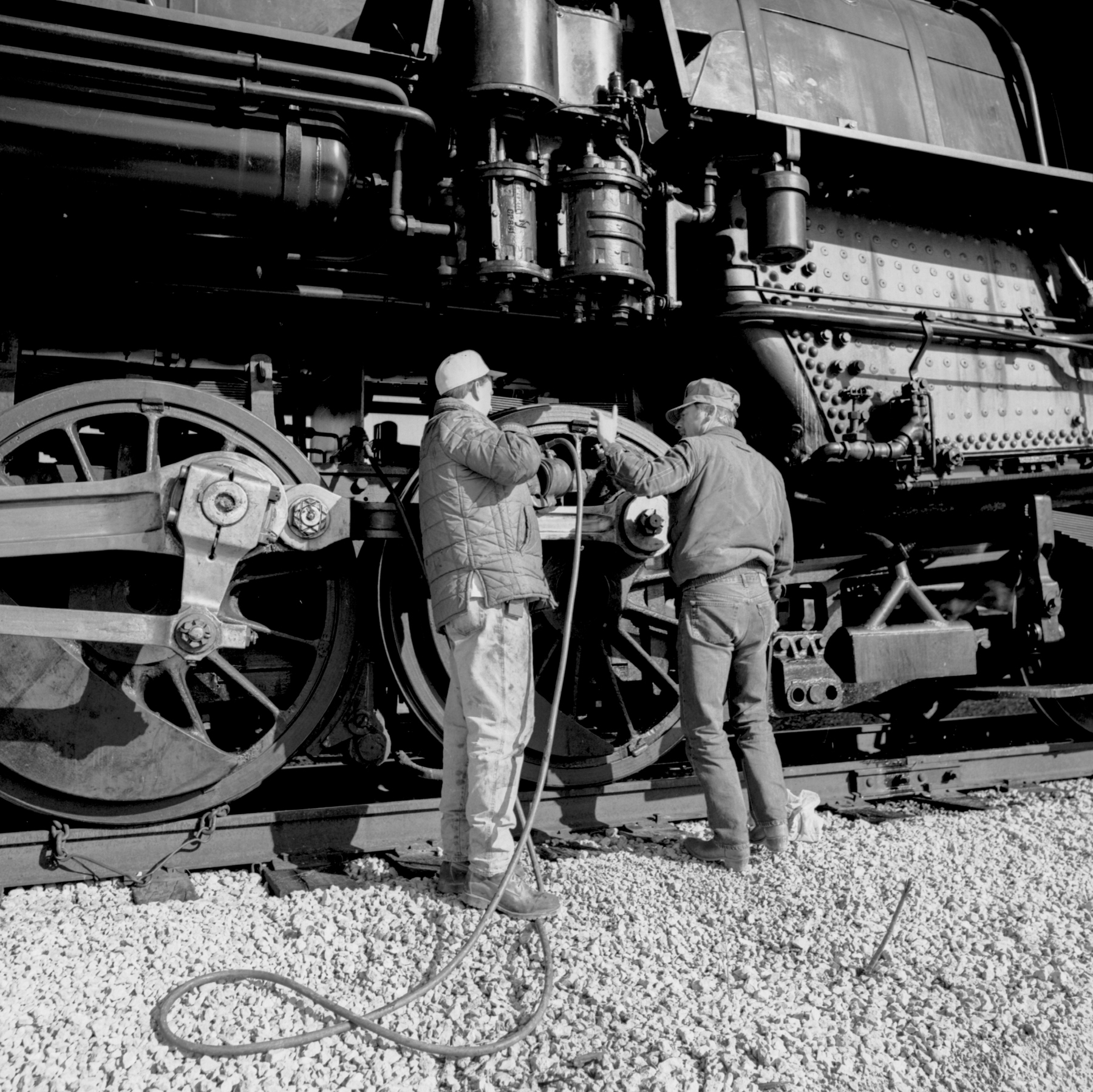
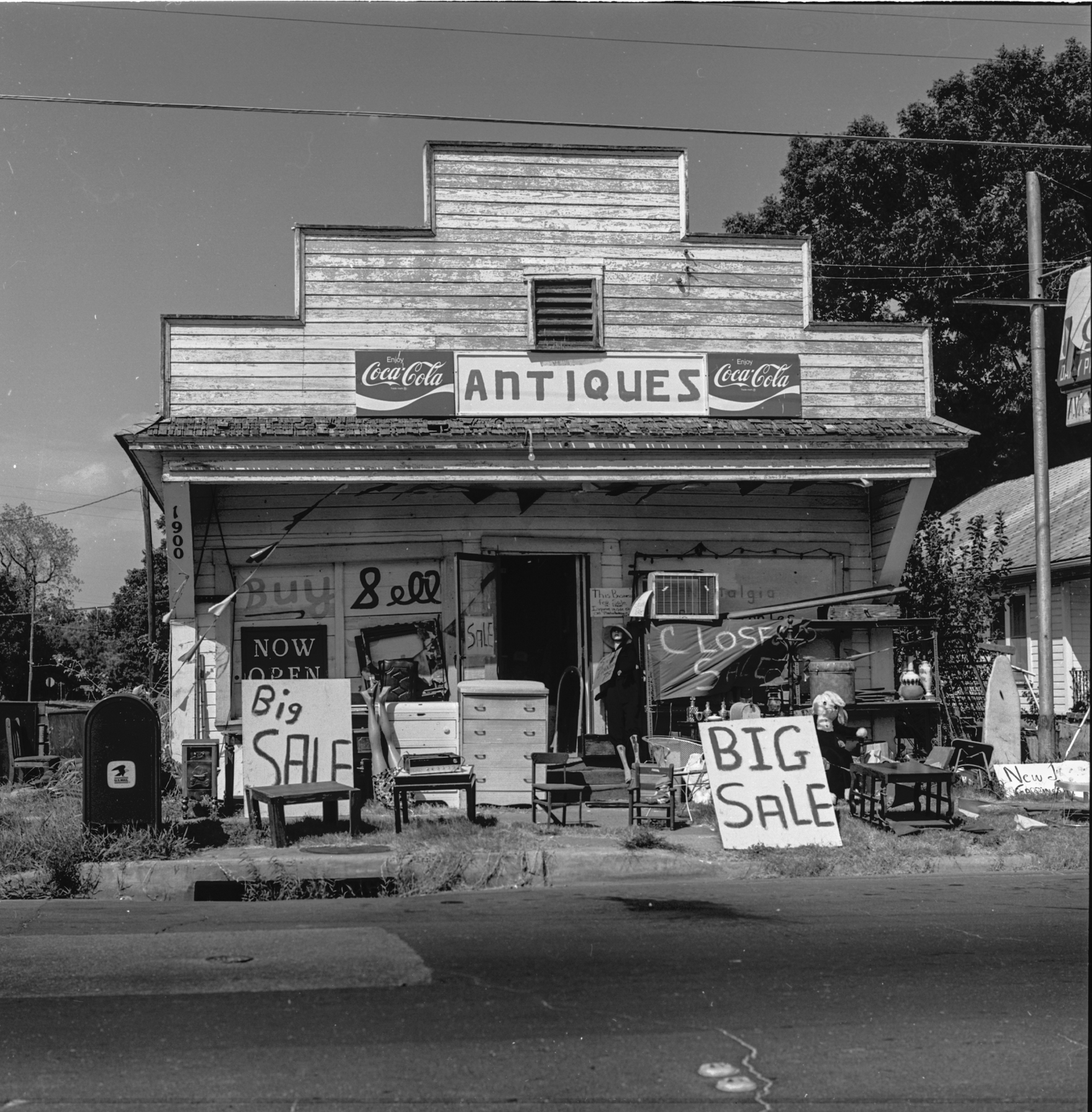
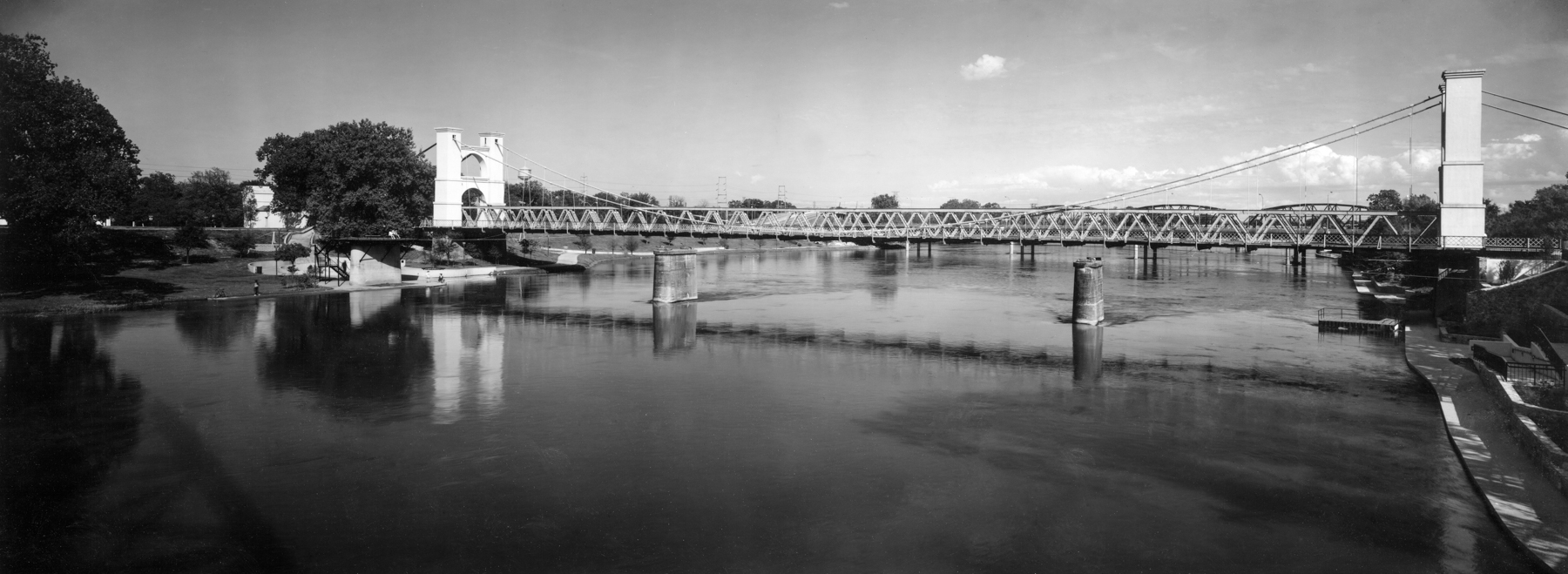
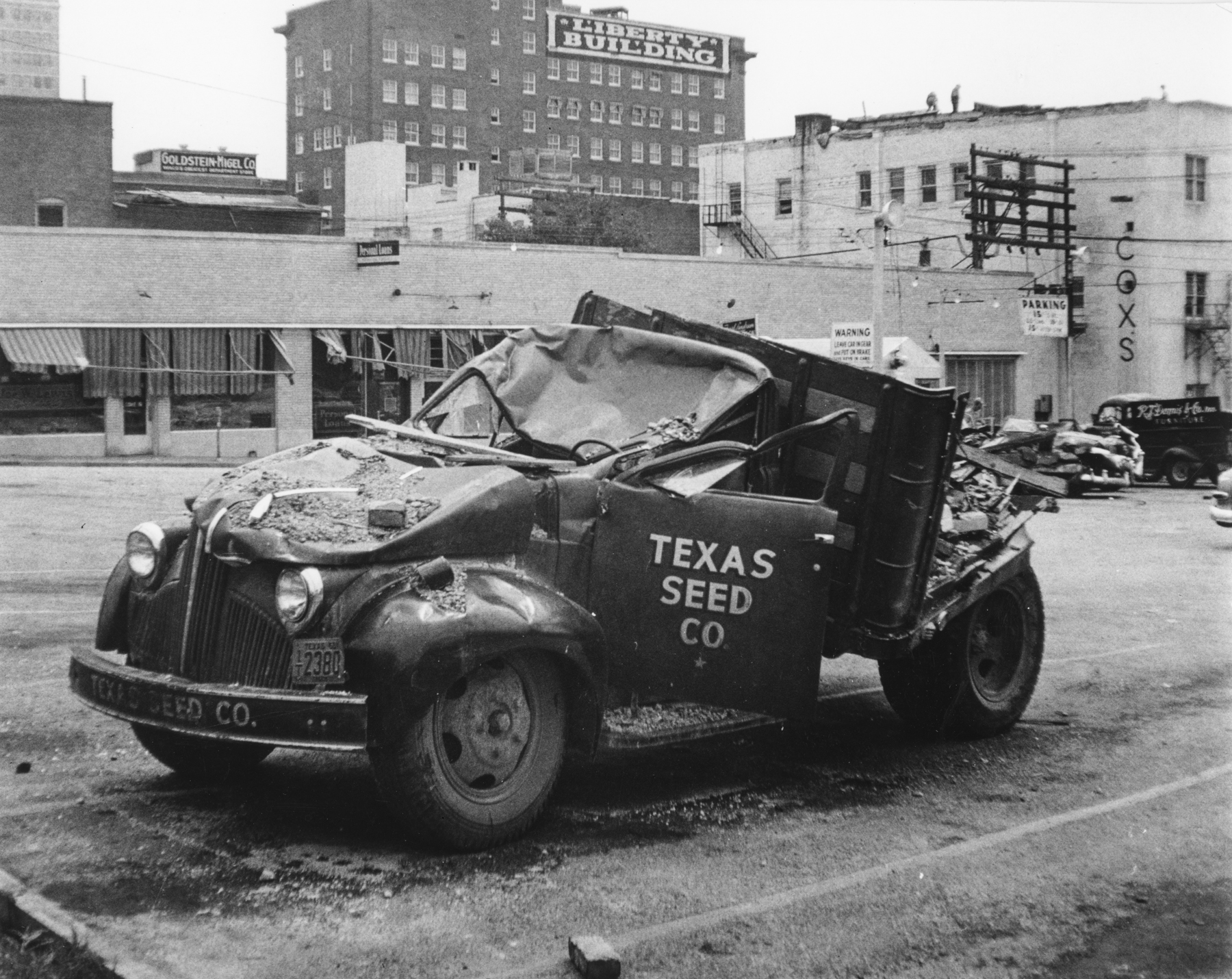
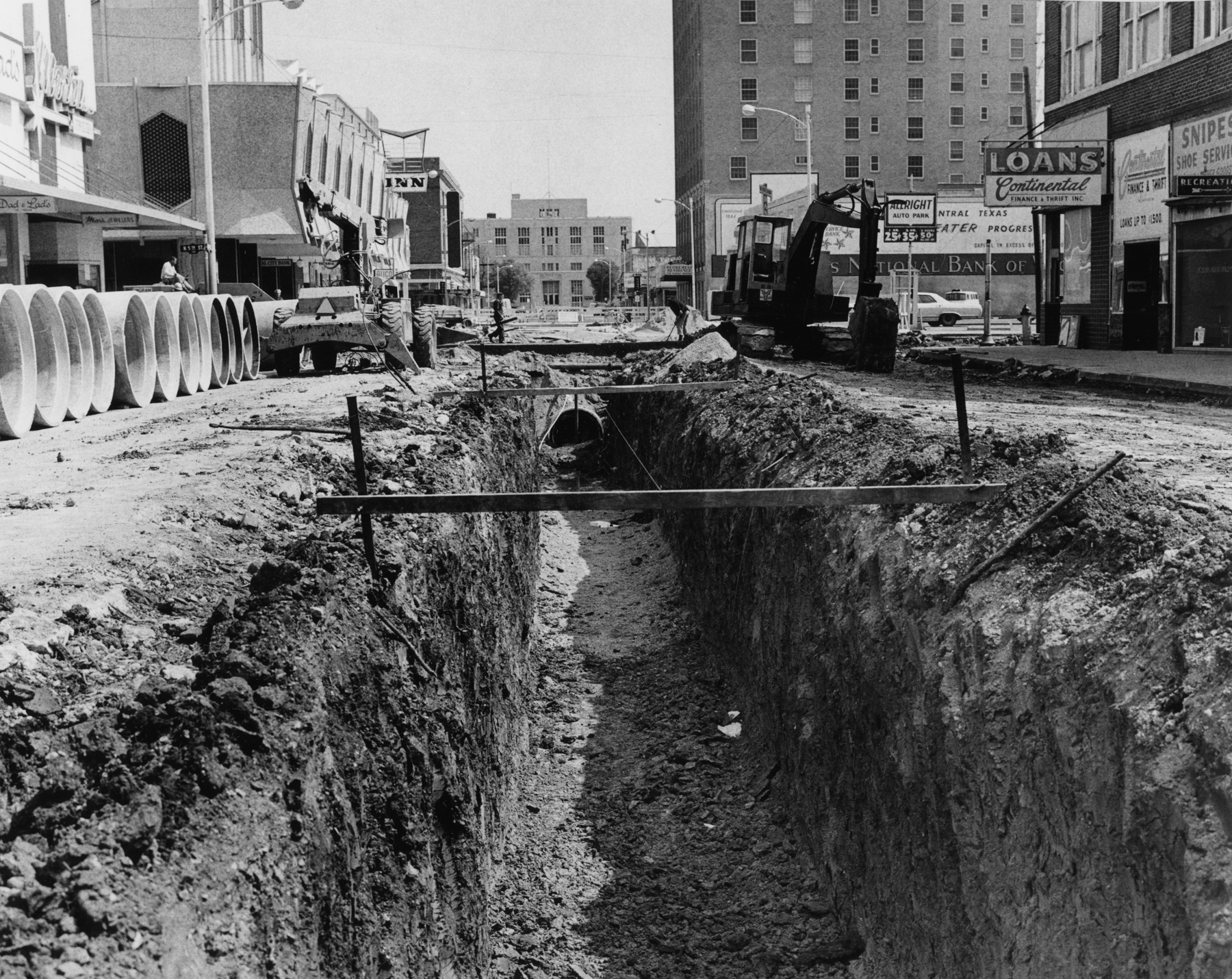
See more from James Jasek Below
If you chose to use ID-11 or D-76 full strength, there is something you can do to cut down on the cost: replenishment. Using D-76R or ID-11R it is possible to use and reuse the developer over for as much as one year, but over a year is not recommended.
Now it is time to talk about cave photography and how to make the expose. Since all caves have one thing in common, total darkness, the photographer must supply all the illumination. This illumination is mostly from electronic flash.
Caves, along with the deep oceans, are the last unexplored places on our planet. There are many reasons to go underground, such as scientific research, mapping, exploration, photography, and of course fun and adventure.
I have been intrigued by the paper negative ever since I was first introduced to the concept in 1961. Over the years, I have experimented with the process with absolutely terrible results, but for the past several months I have worked with it again, and this time I am getting excellent results. Considering the super high cost of sheet film, using paper in place of film to make a negative is an interesting prospect, especially if the results are good enough to continue.
I have been working with PMK, Pyro, Metal, Kodalk, developer now for the past six months and have been very pleased wth the results. I photograph in dark shadow forest and need as much shadow detail as possible






In 1938, the “Leica News and Technique” published the article “More Factors Adversely Affecting Sharpness”, the July-August, number 34, issue written by Heinrich Stöcker, a technician working in the Leica Wetzlar Factory. He developed a new developer for the 35mm miniature film that he called the Leica Two-Bath Developer.